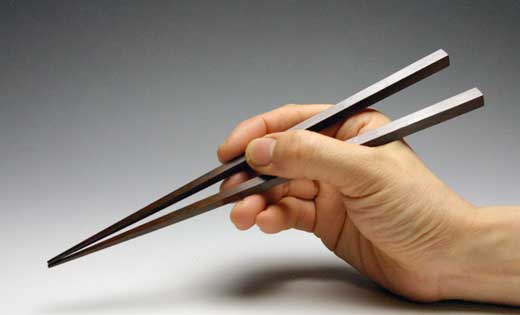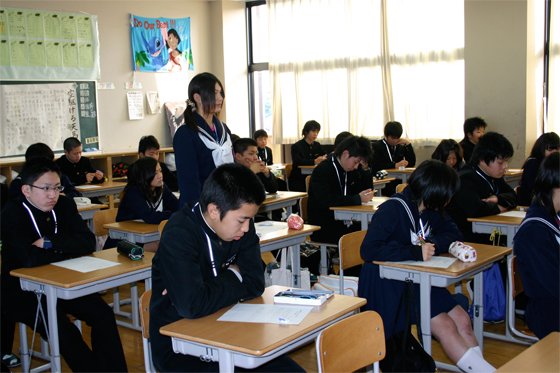Although Japanese kitchens are well stocked with spoons, forks and knives, most meals in Japan are eaten with chopsticks. Children usually learn to use chopsticks around the age of 4, when they start attending preschool, and this is quite possibly the first of many adjustments to the larger group culture that children have in their school lives. Every foreigner living in Japan knows the anguish of being told by a Japanese person hashi ga jozu (“you use chopsticks very well”). While one popular response is to compliment the speaker on their use of a knife and fork, I’ve found you can have more fun telling them okagesama de (oh-KA-gay sah-mah deh). This is a complex phrase which literally means “Yes, thanks to you,” almost as if you had leaned how to use chopsticks from the person even though you’ve never met them before. The phrase is a useful way of showing Japanese-style humility whenever someone compliments you on something, and since few would expect a gaijin to know it, it’s fun to see their surprised expressions. Incidentally, we have many chopsticks in stock on the site, including several types of training chopsticks that can help you if you’re still learning how to use them.
Incidentally, it took my son a couple years to realize that chopsticks had nothing to do with Chapstick that you put on your lips.

Chopsticks are the most common way to eat in Japan.















